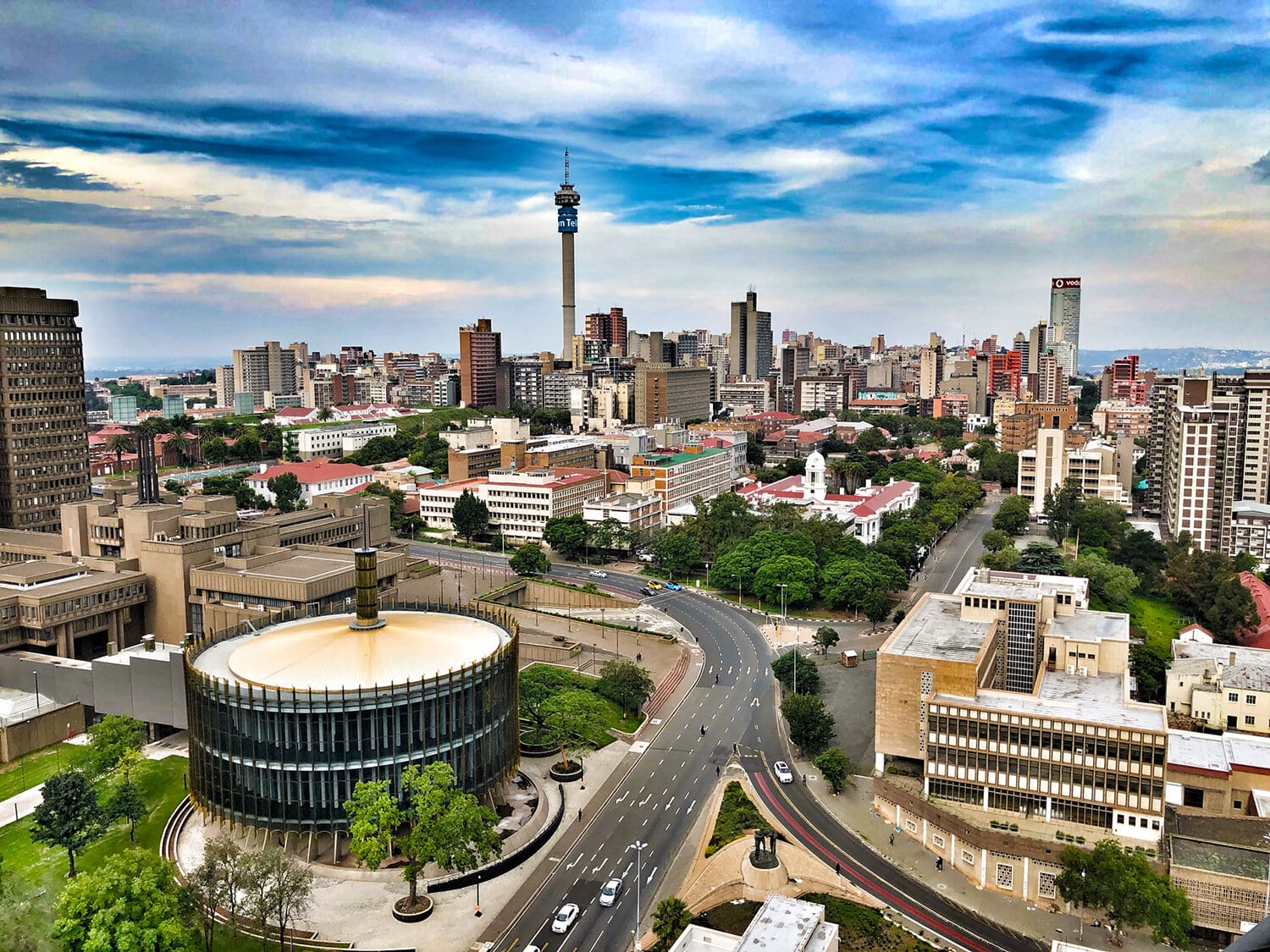Unknown Facts About Johannesburg North Attractions
Unknown Facts About Johannesburg North Attractions
Blog Article
The 7-Minute Rule for Johannesburg North Attractions
Table of ContentsWhat Does Johannesburg North Attractions Mean?The smart Trick of Johannesburg North Attractions That Nobody is Talking AboutWhat Does Johannesburg North Attractions Do?Johannesburg North Attractions - QuestionsThe smart Trick of Johannesburg North Attractions That Nobody is Talking AboutSee This Report about Johannesburg North Attractions
The city owes its location to the presence of an also a lot more precious source: gold. The city expanded on the side of the Witwatersrand Main Reef, a subterranean stratum of gold-bearing quartz-silica empire that arcs for hundreds of miles under the Highveld. The majority of the gold mines in the city stopped operation in the 1970s, yet in its day the Witwatersrand gold industry accounted for greater than 40 percent of the world's yearly gold production.Johannesburg has a warm climate. The city appreciates concerning eight hours of sunshine per day in both winter and summer season.
What rainfall the city obtains drops virtually solely in the summertime months, typically in stunning late-afternoon electrical storms., where lots of residents still count on coal for gas.

Johannesburg North Attractions Can Be Fun For Everyone
The balance of the city is occupied by whites. Holiday accommodation differs in personality and top quality. Soweto is infamous for its unlimited rows of municipally built, two-room matchbox homes, yet it likewise has a few flourishing territories along with bursting squatter camps, where 10s of thousands live without water, electrical power, or sanitation facilities.
Physical development, although rather limited by transport, continued quickly as migration to South Africa, and Johannesburg in specific, increased drastically.
The majority of inadequate residential areas were mixed, with poor blacks and whites living together, although the well-off residential areas were usually reserved for whites.
The previous system of eleven numbered regions was reorganised in 2006. Marshalltown, as seen from the top of the Carlton Centre. The M1 and M2 run behind the structures, and the southerly suburban areas extend past the highway limit. The internal city of Johannesburg is situated within the city's Region F. The approximated population of the area is 200,000, [] yet the variety of people residing in the inner city on an informal basis is unknown, as numerous are illegal aliens. Most higher-income locals and white people have relocated to the northern suburbs and have been replaced by lower-income black individuals. The unemployment, education, and age profiles of the location are all unknown, due to the trouble of getting dependable info about the location.
Johannesburg North Attractions for Beginners
Centred on the CBD, the area includes the residential areas of Yeoville, Bellevue, Troyeville, Jeppestown, and Berea to the east. next page To the west it spreads out to Pageview (Johannesburg North attractions) and Fordsburg. There are small commercial areas to the south, such as City West-Denver and Benrose. Around 800,000 commuters pass through the central city everyday, and it functions as a local purchasing node for visitors from the southern residential areas. Yeoville and Bellevue have a mix of apartment and solitary domestic units on little lots. The region is located on a hilly divide that ranges from eastern to west. One of the most noticeable geographical look here feature is Observatory Ridge, which is named for the huge observatory situated on it. The leisure areas are no more utilized, as a result of safety troubles.

The Facts About Johannesburg North Attractions Revealed
R. Tambo International Airport Terminal). The eastern residential areas are a few of the earliest areas of Johannesburg, visit our website there are large neighborhoods of Jewish and various other European backgrounds, the bulk of the population is English speaking. There are 3 fairway along with a variety of protected ridges with viewsites. There are a number of well-developed and up-market enjoyment and shopping areas in the eastern such as the Eastgate Mall and the Greenstone shopping center.
Initially developed to house male migrant employees, many have been boosted as dwellings for pairs and families. The suburban area was not historically enabled to develop employment centres within the area, so practically all of its citizens are travelers to other parts of the city.
Johannesburg North Attractions Can Be Fun For Anyone
The N1 Western Bypass connects the north residential areas with the north-western suburbs. The houses in the north suburban areas are mainly official, with no significant locations of informal real estate, or real estate that lacks a long-term structure. This is a recognized location, there is a fad of land usage adjustment from property to commercial, especially along primary arterial roadways and around well-known nodes.
Roadways to the east and west are much less well established, as there are no highways travelling in that direction. In the direction of the north boundary of the city, the thickness of advancement lowers, leaving huge areas of primitive land around Midrand.
More About Johannesburg North Attractions
, which is situated on a hillside forgeting the internal city and Hillbrow.
Report this page